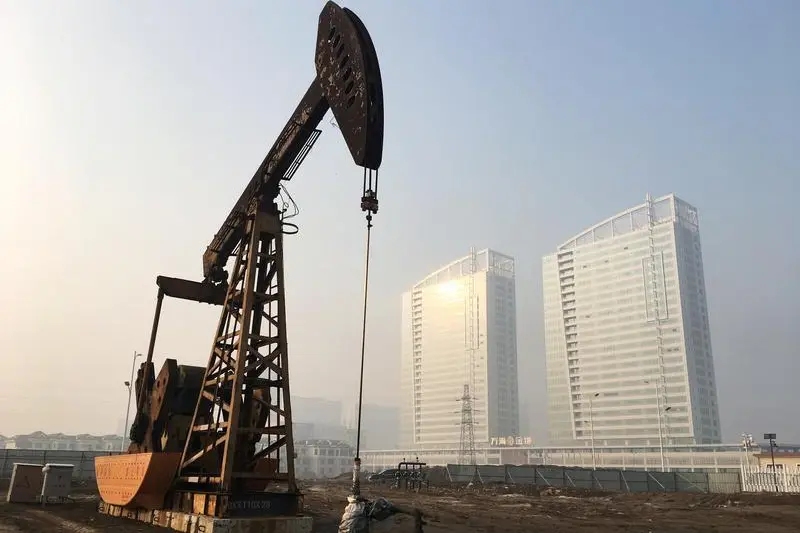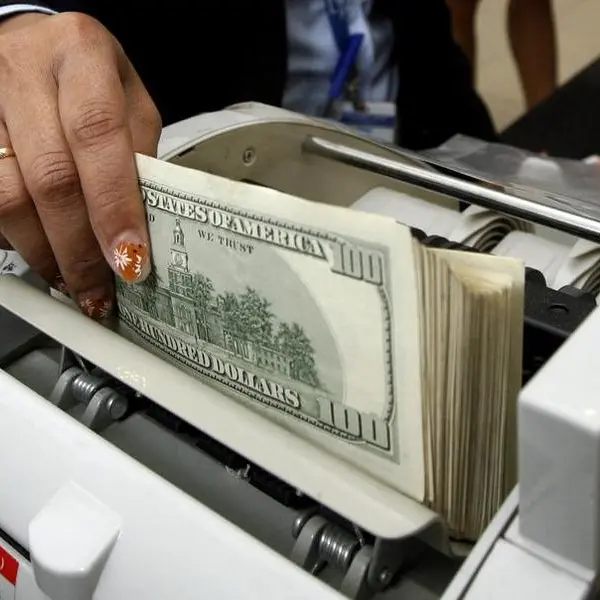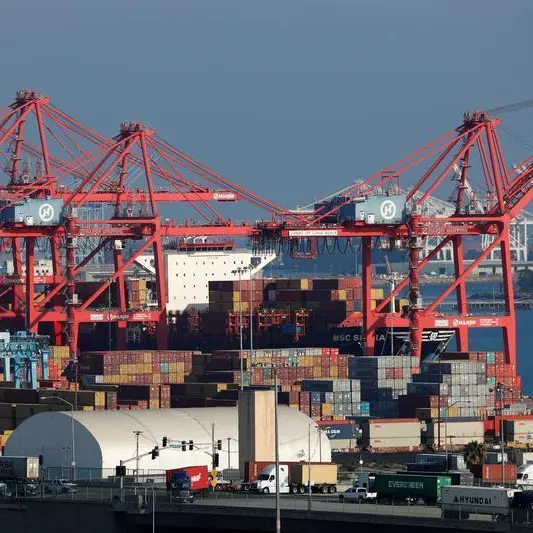PHOTO
(Refiles to remove extraneous editing note in first paragraph)
LAUNCESTON, Australia - Asia's imports of crude oil ticked lower in the first half of 2024 from the same period last year, defying expectations that the top-consuming continent would lead global demand growth.
Asia imported 27.16 million barrels per day (bpd) of crude in the January to June period, down a modest 130,000 bpd from the 27.29 million bpd in the same period in 2023, according to data compiled by LSEG Oil Research.
The slightly weaker outcome was largely a result of lower arrivals in China, the world's biggest oil importer, with gains by Asia's number two buyer India not enough to offset China's softness.
The lack of growth in Asia's imports of crude oil in the first half goes some way to undermining the 2024 demand forecasts from major industry groups such as the International Energy Agency (IEA) and the Organization of the Petroleum Exporting Countries (OPEC).
Of course, imports are only one component of overall demand, others including domestic oil production and changes in inventory levels.
But in Asia, imports are the key driver of demand given the region's reliance on oil arriving in tankers, or via pipelines from Russia and central Asia in the case of China.
For the demand forecasts made by the IEA and OPEC, it's certain that Asia's imports are going to have to be strong in the second half, especially those for China.
OPEC's June monthly oil market report forecast that China's oil demand would grow by 720,000 bpd in 2024 over 2023, while the IEA is expecting an expansion of 500,000 bpd.
However, China's imports were about 11.08 million bpd in the first half, a figure calculated by using official customs data for the first five months and LSEG's forecast for June.
This is down 300,000 bpd from the customs number of 11.38 million bpd for the first six months of 2023.
With China's imports looking weak, it's worth looking at whether domestic output is making up the difference.
Domestic production was 4.28 million bpd in the first five months of the year, up 1.8% or about 140,000 bpd from the same period in 2023.
In other words, the rise in domestic output is just less than half of the loss in crude oil imports.
INDIA'S DIM LIGHT
If there is a somewhat brighter light in Asia, it's India, where crude imports were about 4.94 million bpd in the first half of 2024, according to calculations based on official and LSEG data.
This is up about 90,000 bpd from the official figure of 4.85 million bpd for the first half of 2023.
However, this relatively small gain in India's imports looks less impressive when the economic growth rate of 7.8% year-on-year in the first quarter is taken into account.
It's also running at a rate below the OPEC forecast for India's demand to increase by 230,000 bpd for the whole of 2024, meaning that for the exporter group's estimate to be accurate, a strong second half will be needed.
Overall, OPEC is expecting Asia's crude demand to rise by 1.3 million bpd in 2024 from the previous year, consisting of 720,000 bpd for China, 230,000 bpd for India and 350,000 bpd for the rest of the continent.
The IEA expects Asia's demand to lift by 900,000 bpd in 2024, made up of 500,000 bpd in China and 400,000 bpd for the rest of the continent.
But with imports actually dropping in the first half by 130,000, it leaves a mountain to climb in the second half.
The question for the markets is whether there is confidence that China's economy will rebound in the second half, and that the rest of Asia will enjoy stronger economic growth as well.
If the assumption is that OPEC and its allies in the broader OPEC+ group are successful in keeping oil prices above $80 a barrel, then it follows that only robust economic growth will lead to higher demand for crude.
The opinions expressed here are those of the author, a columnist for Reuters.
(Editing by Lincoln Feast.)























